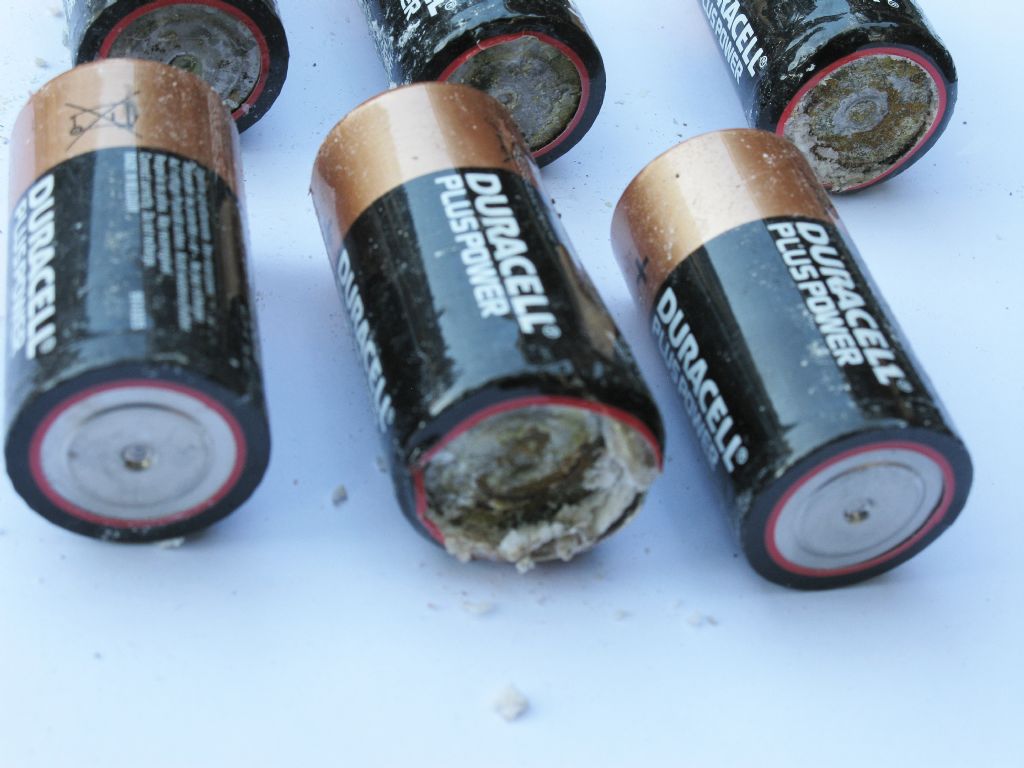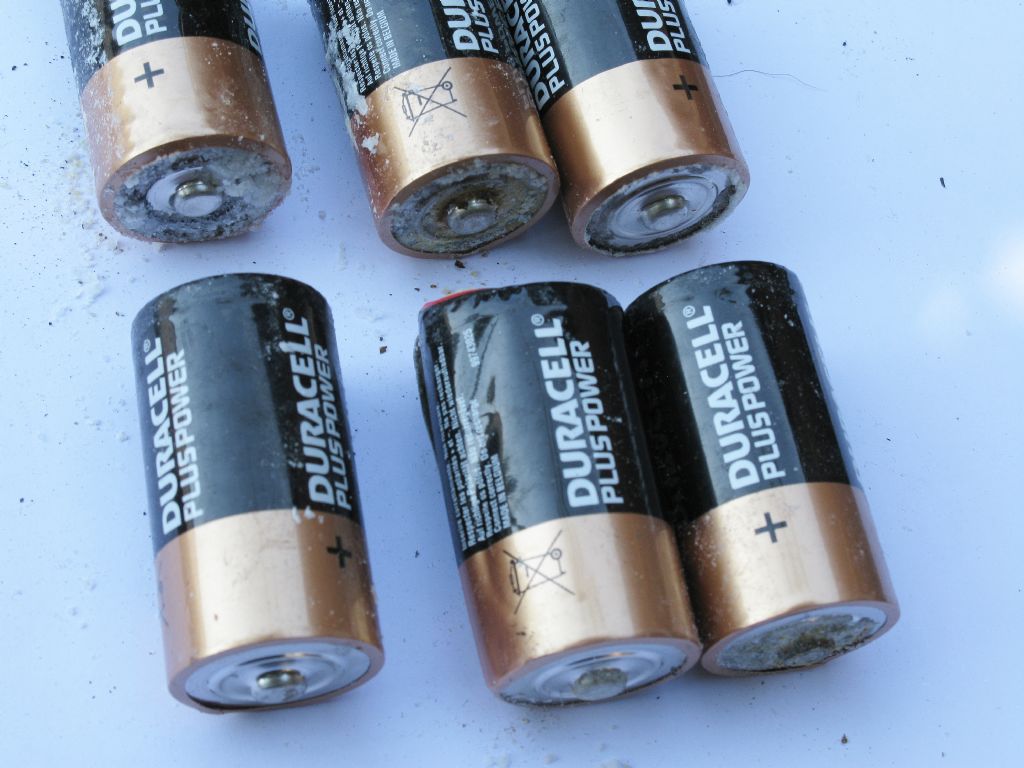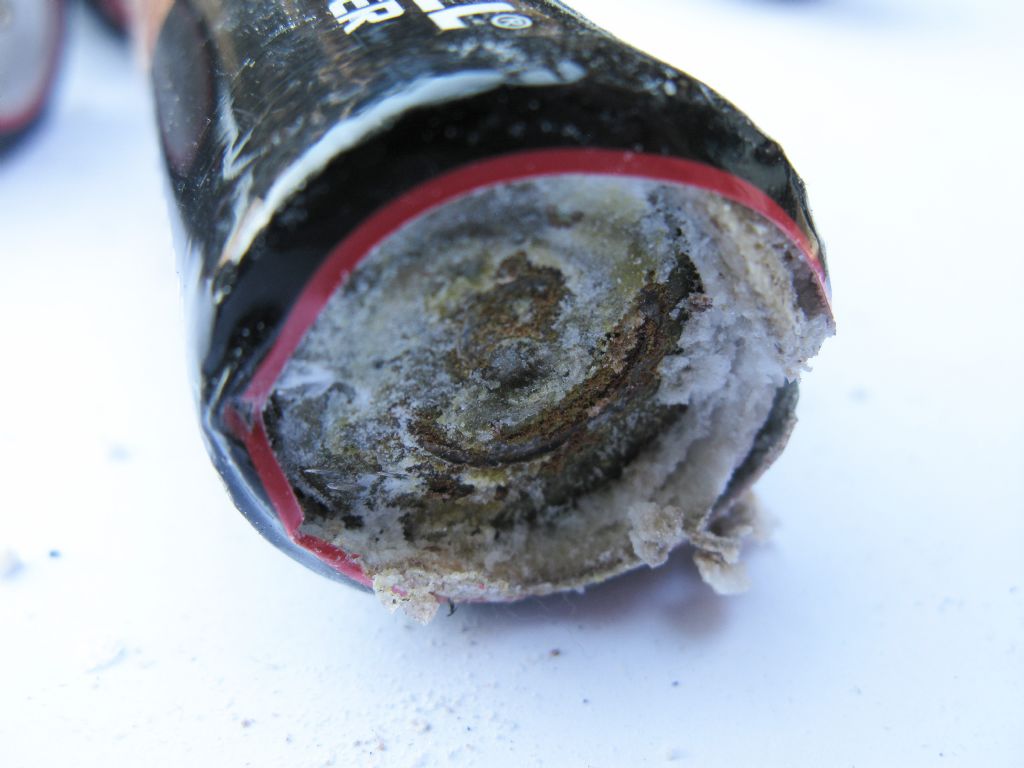I have a theory, and hopefully someone who understands the chemistry of what's going on will be along shortly.
My impression is that if the gismo with Duracells in it has a proper mechanical switch – a true off switch – then the batteries last well, and are "reasonably" trustworthy.
On the other hand a lot of modern electronics has a push button on/off switch, which just sets the gadget in a state of hibernation. If so, the continuous off state current – however small – will eventually discharge the cell.
It seems to be what happens next which matters – if the gadget continues to present a current drain on the flat cell then it's only a matter of time before the cell leaks, initially a clear fluid which rots everything it contacts, then turn in due course to a white crystalline deposit on the battery enclosure. Neutralising the sludge with acid is fine, now how do you get rid of ALL of the acid? Answer – laboriously.
On the other hand, if you take the flat battery out of its gadget and throw it in a box for re-cycling, it's still sealed a couple of years later. I've tried it – it takes me ages to "get roun'tuit" to take the battery collection to the tip I mean re-cycling centre.
I have a variety of Sennheiser body pack wireless microphone transmitters and receivers I use for a local fete for the PA. I have found from bitter experience its is essential to remove the batteries from each item before storing them over the winter. The batteries are perfectly safe (famous last words) so long as they are NOT in the bodypack – where there is a miniscule standing current of a few microamps, but I have lost at least two systems by being careless and failing to remove the batteries before storage.
HTH Simon
Sparks.







